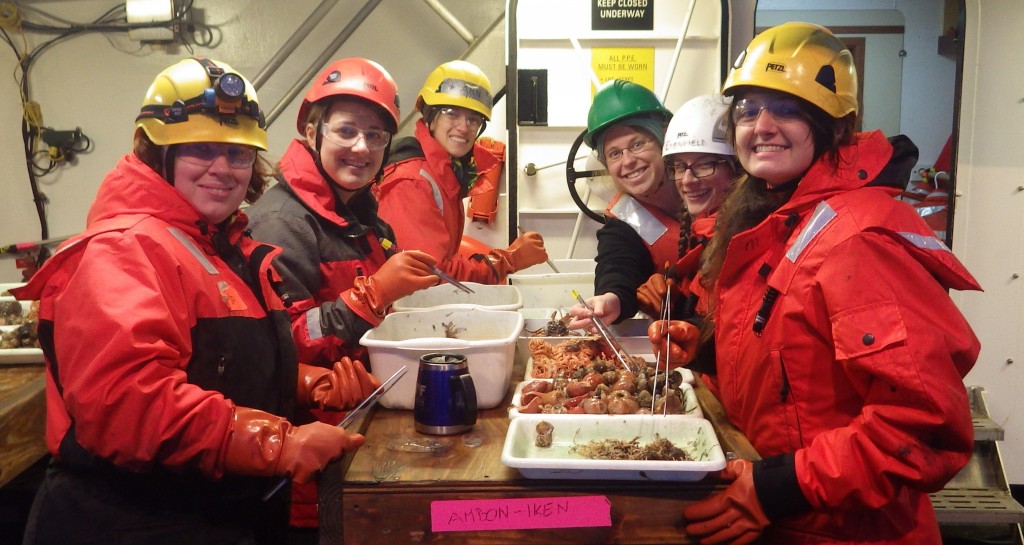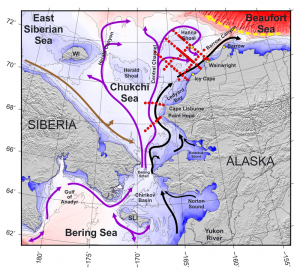 The Arctic is experiencing the most dramatic temperature increases of all oceans, leading to significant alterations of marine ecosystem structure and function. The importance of the Arctic Ocean to global climate and ecosystem processes, and the speed at which climate changes are already occurring in the Arctic, elevate the urgency for coordinated observations of Arctic marine biodiversity. AMBON involves an experienced team of multi-institutional and multi-sector partners already active in a variety of Arctic biodiversity observing programs, and we work with the Alaska Ocean Observing System (AOOS) to coordinate data streams from these different programs into one observation network. This partnership within AMBON will allow us to better coordinate, sustain, and synthesize all efforts, and make data available to a broad audience of users and stakeholders, from local to pan-Arctic to global. Effective data management, integration and dissemination will provide critical information on the status of Arctic ecosystem health and resilience to decision makers and local, regional and global communities.
The Arctic is experiencing the most dramatic temperature increases of all oceans, leading to significant alterations of marine ecosystem structure and function. The importance of the Arctic Ocean to global climate and ecosystem processes, and the speed at which climate changes are already occurring in the Arctic, elevate the urgency for coordinated observations of Arctic marine biodiversity. AMBON involves an experienced team of multi-institutional and multi-sector partners already active in a variety of Arctic biodiversity observing programs, and we work with the Alaska Ocean Observing System (AOOS) to coordinate data streams from these different programs into one observation network. This partnership within AMBON will allow us to better coordinate, sustain, and synthesize all efforts, and make data available to a broad audience of users and stakeholders, from local to pan-Arctic to global. Effective data management, integration and dissemination will provide critical information on the status of Arctic ecosystem health and resilience to decision makers and local, regional and global communities.
AMBON Study Area
The AMBON project currently focuses on the Arctic Chukchi Sea, the Arctic region experiencing the most dramatic sea ice loss and increase in water temperatures. Some of these dynamics are influenced by the Pacific-origin waters entering the Chukchi Sea through Bering Strait. The Chukchi Sea is a complex, shallow shelf system where the main water masses are steered bathymetrically in their northward flow. Along the Alaskan coast flows the warm and freshwater influenced Alaska Coastal Water (black arrows). The main water entering through Bering Strait is a mixture of Bering Shelf and nutrient-rich Anadyr Waters, which branch off to follow the Central Channel northward between Herald and Hanna Shoals and to veer west onto the Russian Chukchi shelf towards Herald Canyon (purple arrows). Along the western side of the Chukchi Sea the fresh water driven Siberian Coastal Water can be present in some years (brown arrows). Local hydrographic features on the shelf are seasonally produced Winter Water residing at the bottom in the northern shelf region and the Melt Water from sea ice melt. These hydrographic conditions set the stage for highly productive and rich biological communities and processes on the shelf. The strong connection between hydrography and primary production, pelagic and benthic communities, pelagic-benthic coupling, and coupling to higher trophic level marine mammal and seabird consumers render this region particularly vulnerable to climatic changes and potential anthropogenic influences.

